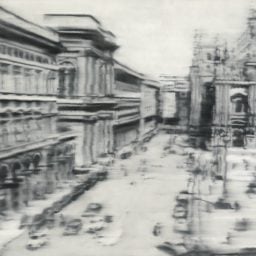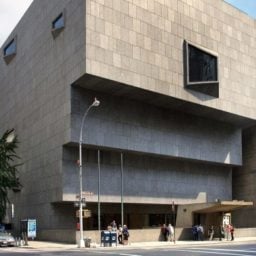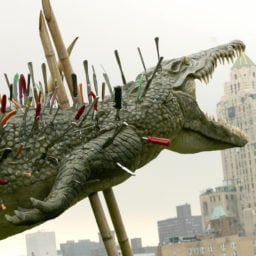While museums around the globe are closed to the public, we are spotlighting each day an inspiring exhibition that was previously on view. Even if you can’t see it in person, allow us to give you a virtual look.
What the museum says: “Devoted to one of the greatest artists of our time, ‘Gerhard Richter: Painting After All’ considers the artist’s six-decade-long preoccupation with the dual means of representation and abstraction to explore the material, conceptual, and historical implications of painting. Spanning the entirety of Richter’s prolific and innovative career, the exhibition presents more than 100 works that focus on his specific commitment to the medium, as well as his related interests in photography, digital reproduction, and sculpture.”
Why it’s worth a look: As one of the hallmark exhibitions of the Met’s 150th anniversary lineup, this marks something of a swan song for the 88-year-old artist, and for the Met Breuer itself, which will soon be turned over to the Frick Collection during its renovation.
This is the first major US display Richter’s work in almost 20 years, and includes two series that haven’t ever been shown in the country. The series at first appear as total opposites: one is an homage to John Cage, the experimental composer who used chance to dictate his work; the other, titled “Birkenau,” is based on the only known photographs of the Nazi concentration camp, taken by prisoners within the walls. This duality is at the crux of Richter’s practice, where he works out his thoughts and feelings on broad issues of societal ills, politics, and cultural memory, just as he does with his own family and experiences.
What it looks like:
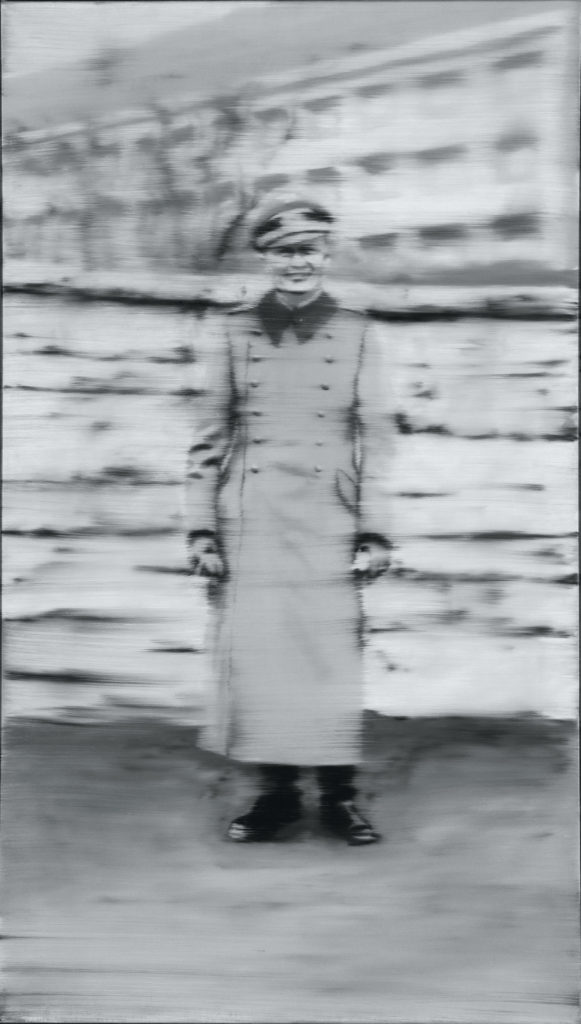
Gerhard Richter, Uncle Rudi (1965). Památník Lidice / Lidice Memorial. © Gerhard Richter 2019.
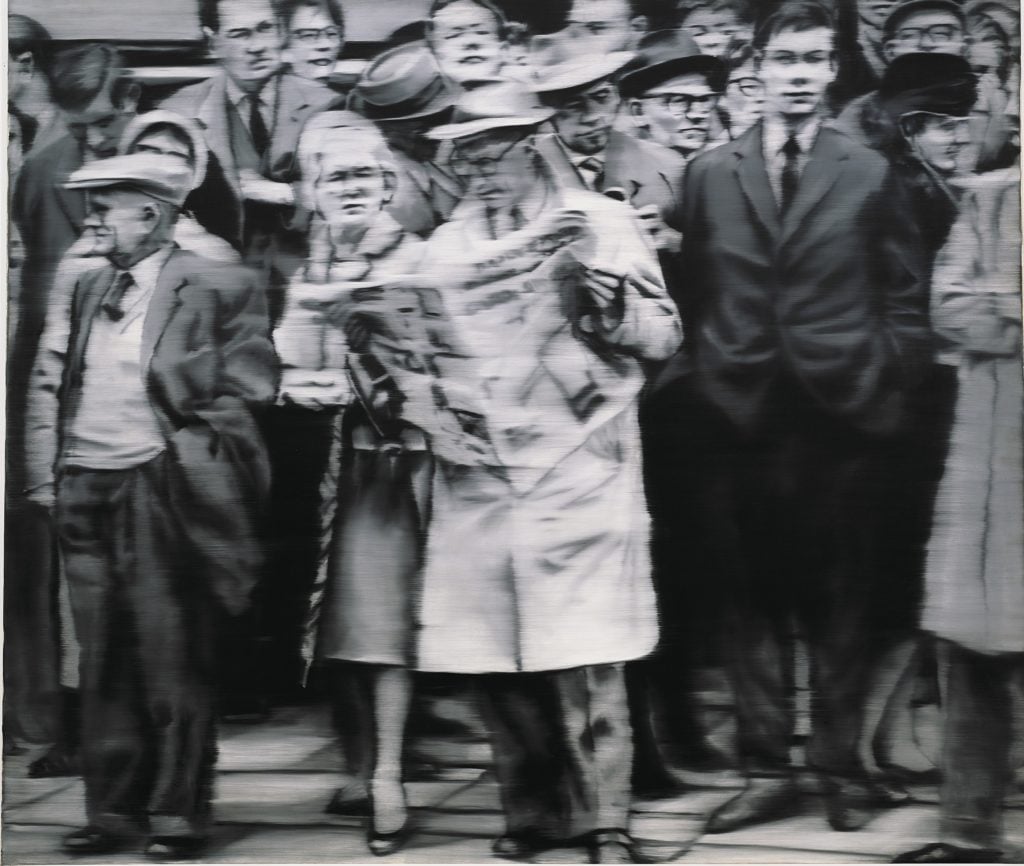
Gerhard Richter, Group of People (1965). © Gerhard Richter 2019.
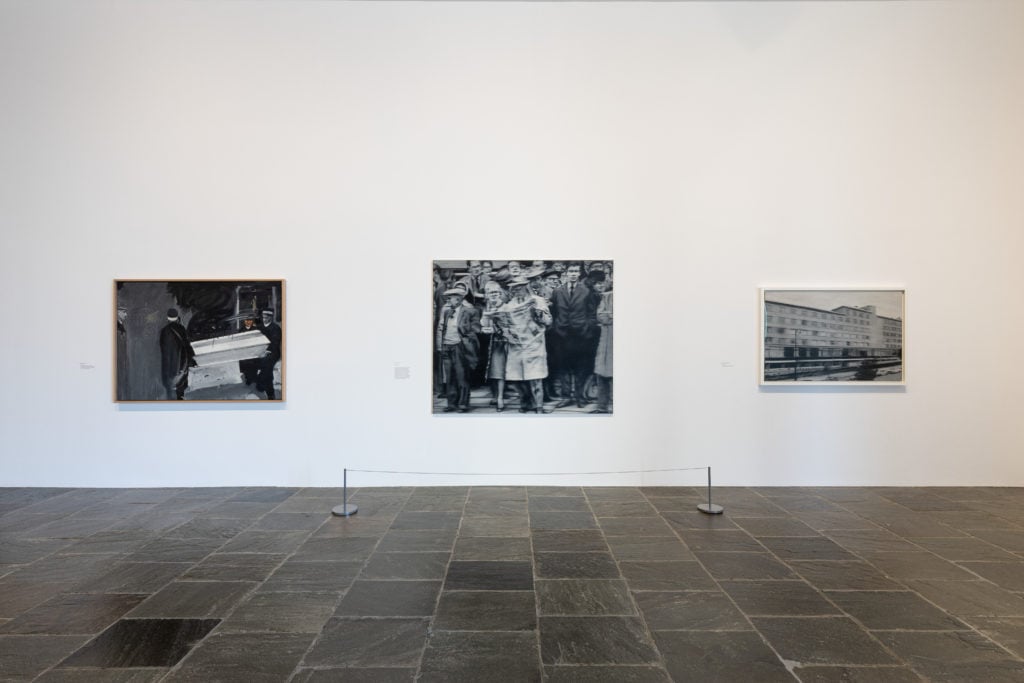
Installation view, “Gerhard Richter: Painting After All” at the Met Breuer, 2020. Photo: Chris Heins, courtesy of the Metropolitan Museum of Art.
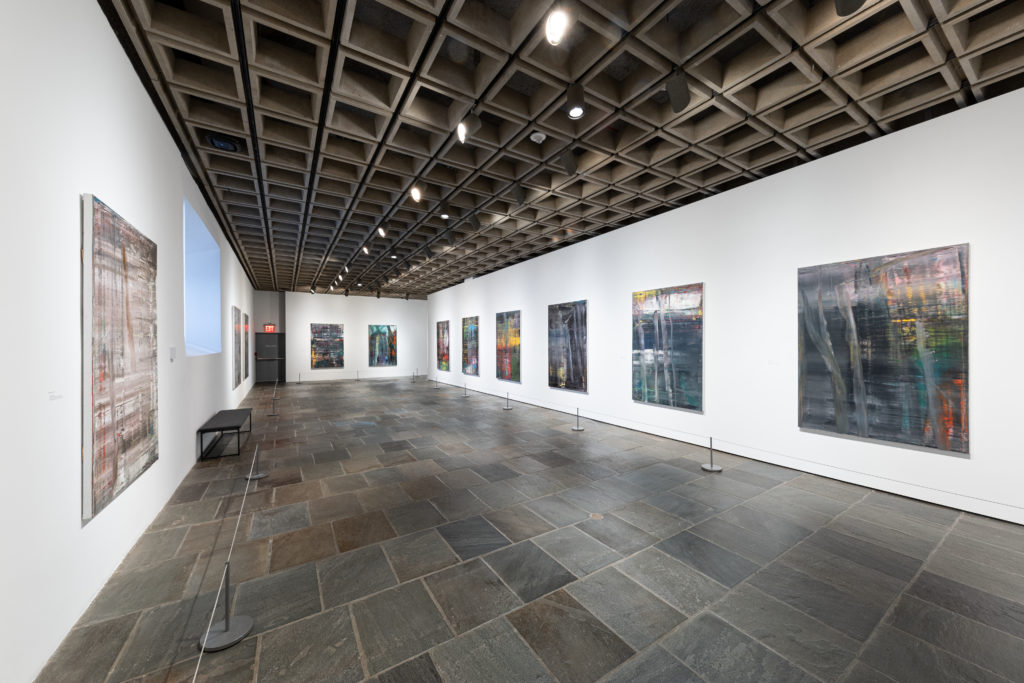
Installation view, “Gerhard Richter: Painting After All” at the Met Breuer, 2020. Photo: Chris Heins, courtesy of the Metropolitan Museum of Art.
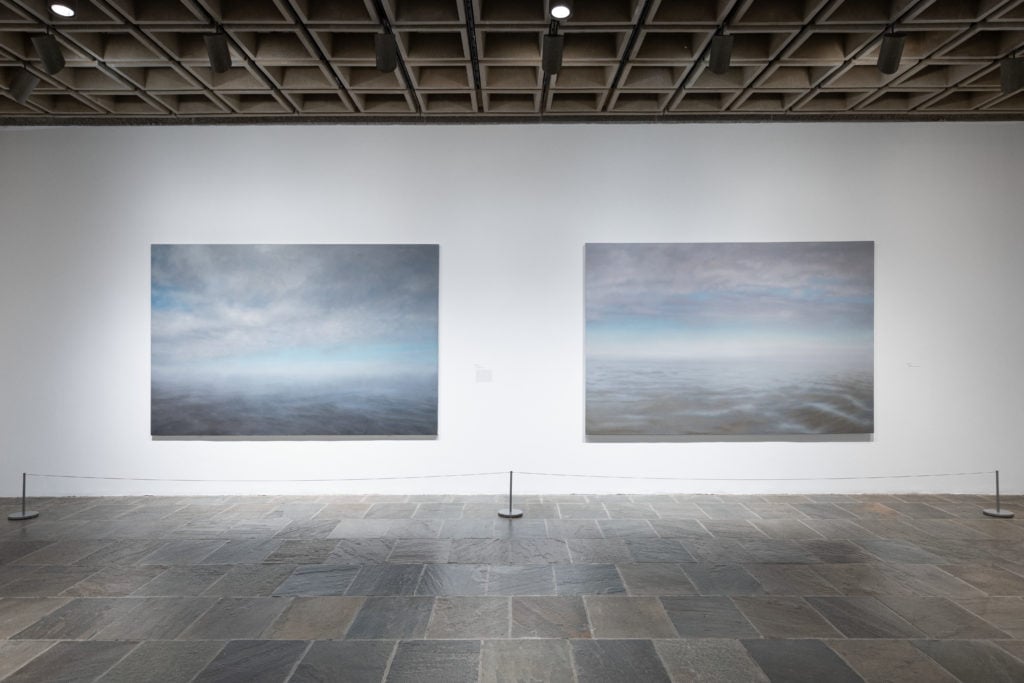
Installation view, “Gerhard Richter: Painting After All” at the Met Breuer, 2020. Photo: Chris Heins, courtesy of the Metropolitan Museum of Art.
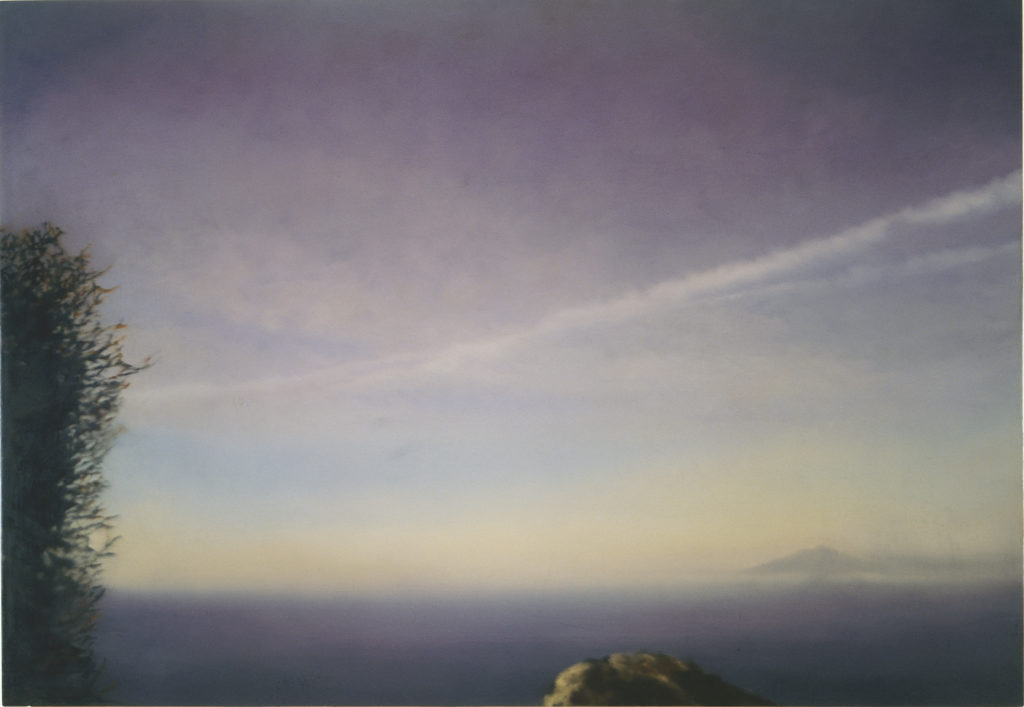
Gerhard Richter, Vesuvius (1976). © Gerhard Richter 2019.
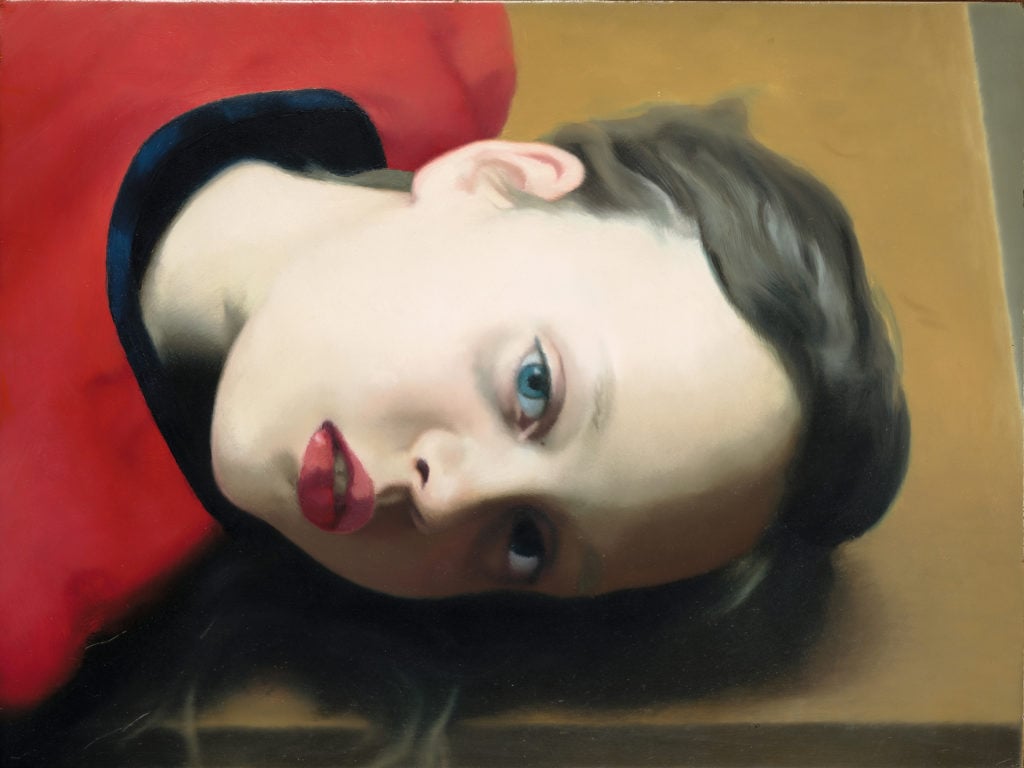
Gerhard Richter, Betty (1977). Museum Ludwig, Cologne. © Gerhard Richter 2019.
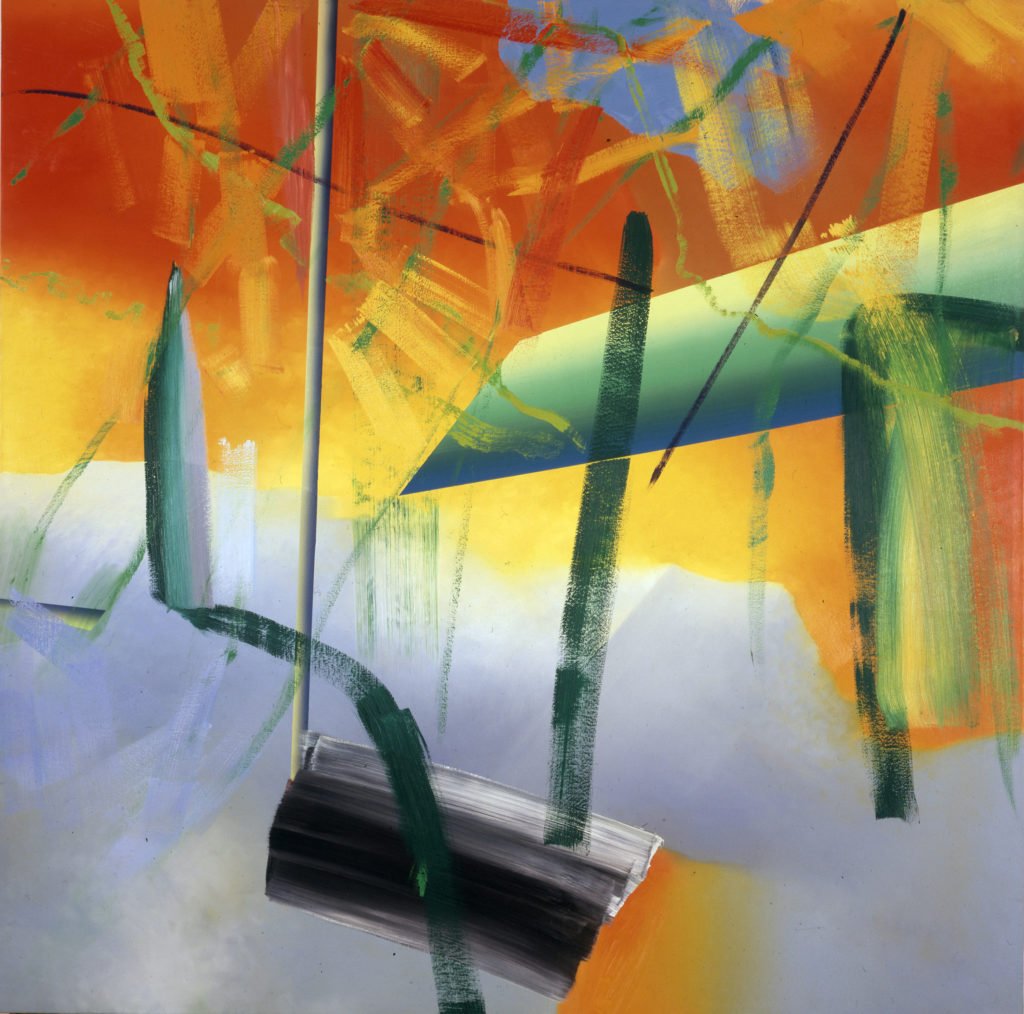
Gerhard Richter, July (1983). © Gerhard Richter 2019.
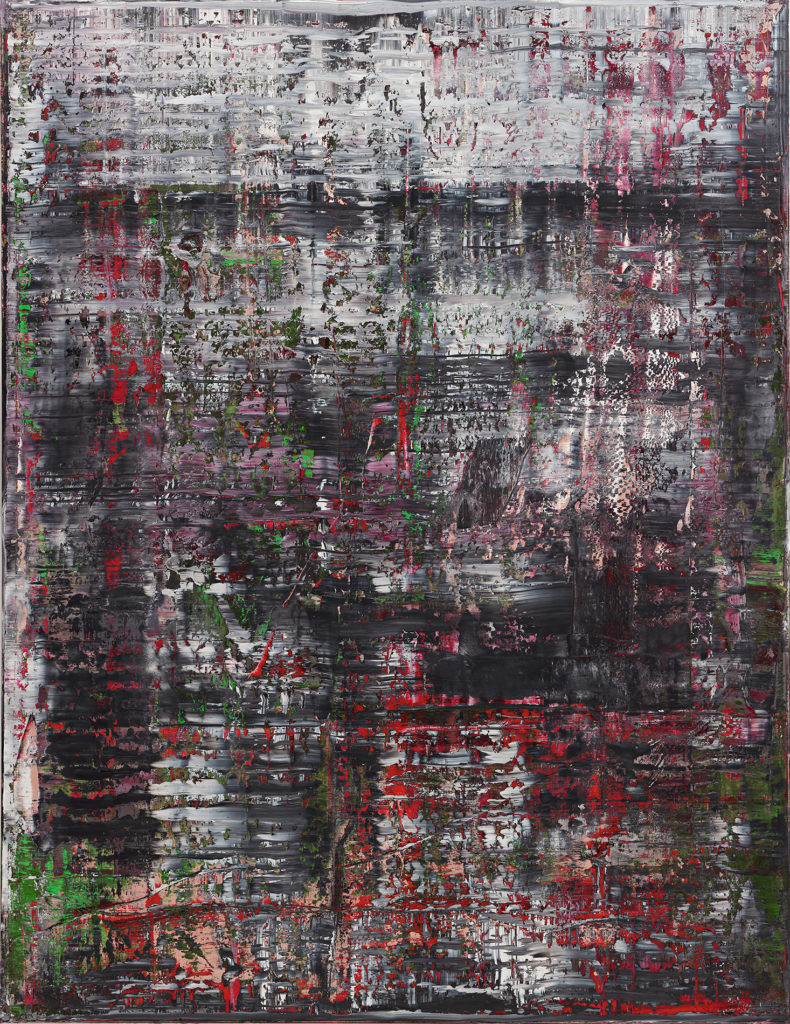
Grhard Richter, Birkenau (2014). © Gerhard Richter 2019.
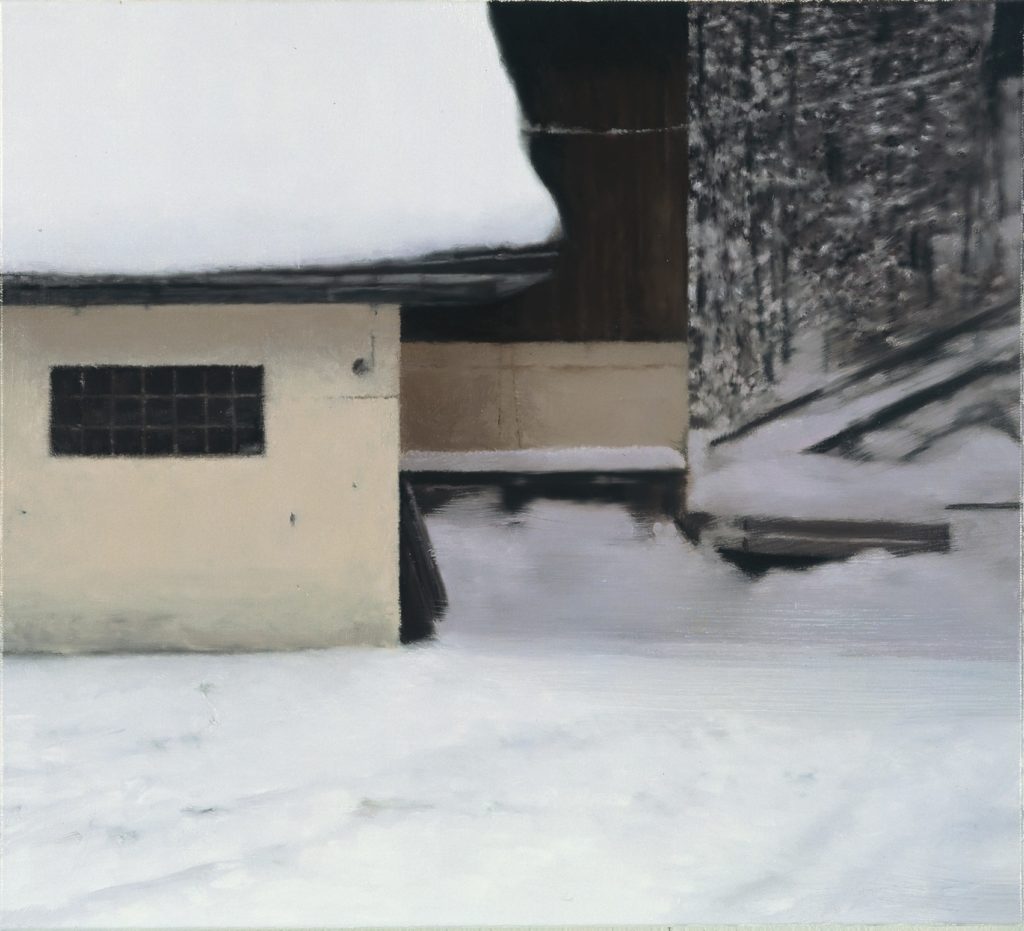
Gerhard Richter, Farm (1999). © Gerhard Richter 2019.
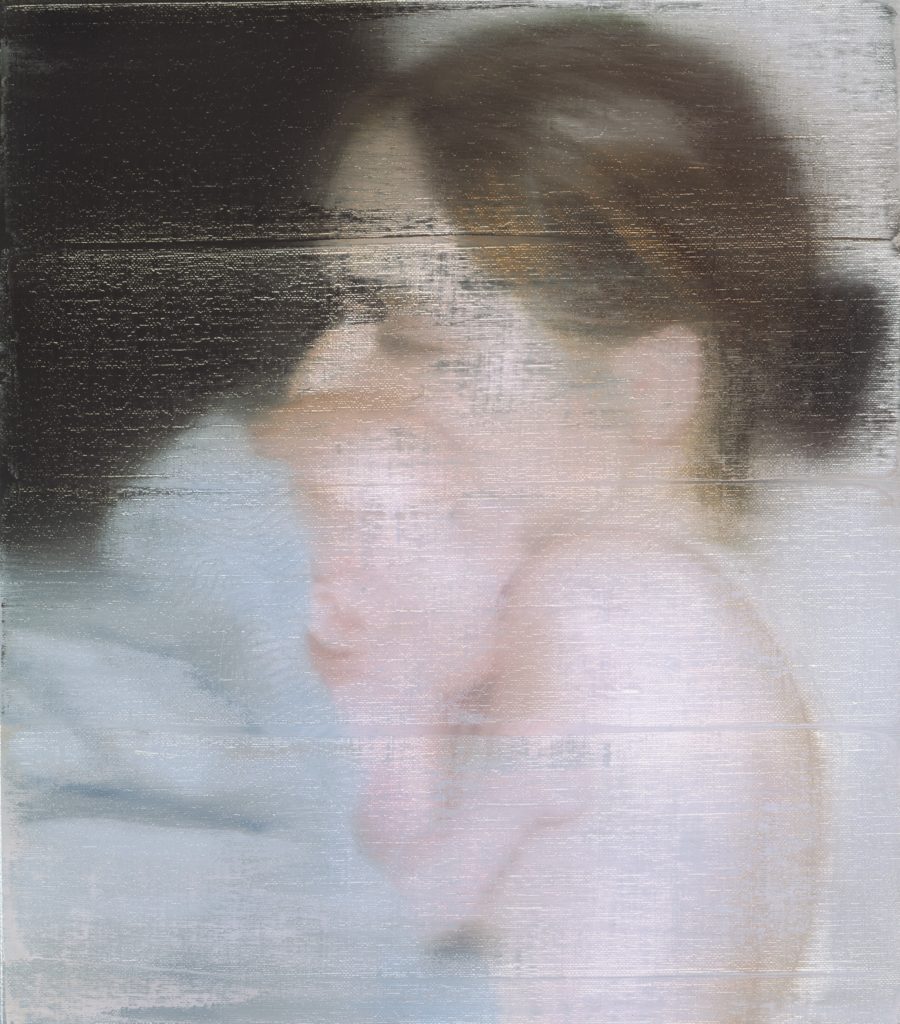
Gerhard Richter, S with Child (1995). © Gerhard Richter 2019.

Gerhard Richter, Alps (1968). Museum MMK für Moderne Kunst, Frankfurt. © Gerhard Richter 2019.
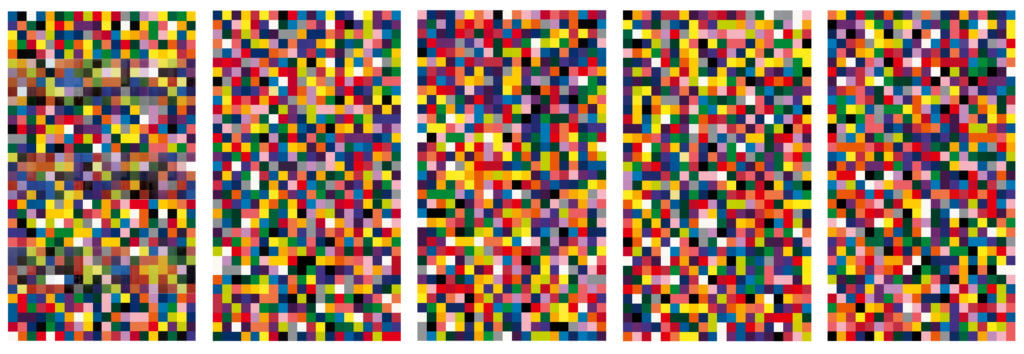
Gerhard Richter, 4,900 Colors (2007). © Gerhard Richter 2019.















